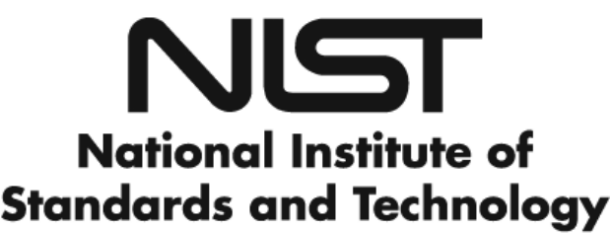NIST Researchers Find Optical Fiber Could Be Used to Communicate With the Qubits Sitting Inside Superconducting Quantum Computers,

(ZDNet) New research from NIST could hold the key to accelerating the development of large-scale quantum computers packing one million qubits – using simple telecommunications cables.
Unlike the metal wires currently used, it is easy to multiply the number of fiber optic cables in a single device, which means it is possible to communicate with more qubits. According to NIST, the findings pave the way to packing a million qubits into a quantum computer. Most devices currently support less than a hundred.
Superconducting quantum computers, such as the ones that IBM and Google are building, require qubits to sit on a quantum processor that is cooled to a temperature of 15 milikelvin – colder than outer space – to protect the particles’ extremely fragile quantum state.
But whether to control the qubits or measure them, researchers first need to communicate with the processor. This means a connection line must be established between room-temperature electronics and the cryogenic environment of the quantum circuit.
Typically, scientists use microwave pulses to communicate with qubits. Microwave pulses are normally sent down to the ultra-cold qubits through coaxial metal cables. This comes with a practical problem: sets of metal cables can be used to connect with to up to 1,000 qubits, after which it becomes physically unworkable to build more wiring in a single system.
John Teufel, a researcher at NIST who worked on the institute’s latest research, explains that coaxial metal cables won’t cut it for much longer. To address this issue, Teufel and his team at NIST opted to replace metal cables with familiar optical fiber technology, which, based on a glass or plastic core, was anticipated to carry a high volume of signals to the qubits without conducting heat.
Teufel is confident that all eyes will be on NIST’s latest findings. “Novel wiring methods, like the one we have shown here, will eventually be required to maintain the incredible growth trajectory of quantum computing efforts,” says Teufel.
“We do not suggest that our new method is the only long-term solution, but we are excited to see that this new idea looks incredibly promising. I expect that companies will be looking closely at this work to see if these new methods can be incorporated into their future strategies.”























